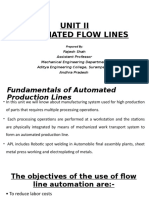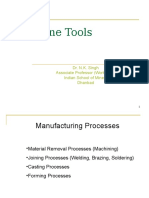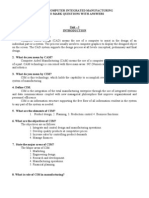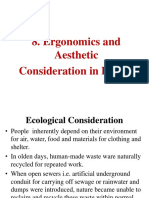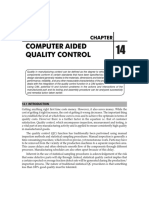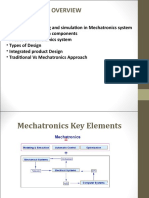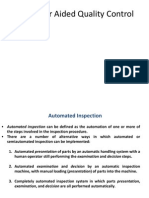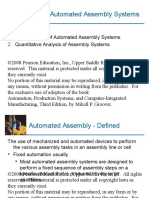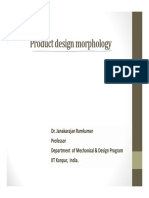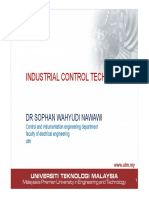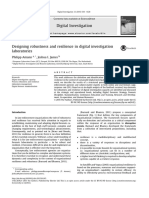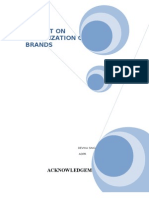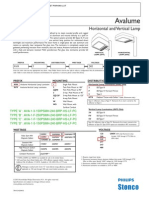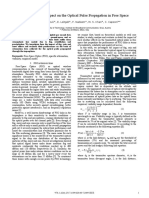0% found this document useful (0 votes)
2K views36 pagesAutomation
Automation involves using technology to operate production systems with little human involvement. It can automate manufacturing facilities, support systems, or both. Automation improves productivity, quality, and economy, especially with increasing production volumes. Common automated processes include CNC machines, assembly lines, robots, material handling systems, and quality control systems. Automation is needed to increase output and reduce costs while improving quality, mitigating labor shortages, and enhancing safety. It can be fixed, programmable, or flexible based on its ability to accommodate different product configurations. While automation increases profits, it also has high costs and risks job losses.
Uploaded by
Parvez AlamCopyright
© © All Rights Reserved
We take content rights seriously. If you suspect this is your content, claim it here.
Available Formats
Download as PPTX, PDF, TXT or read online on Scribd
0% found this document useful (0 votes)
2K views36 pagesAutomation
Automation involves using technology to operate production systems with little human involvement. It can automate manufacturing facilities, support systems, or both. Automation improves productivity, quality, and economy, especially with increasing production volumes. Common automated processes include CNC machines, assembly lines, robots, material handling systems, and quality control systems. Automation is needed to increase output and reduce costs while improving quality, mitigating labor shortages, and enhancing safety. It can be fixed, programmable, or flexible based on its ability to accommodate different product configurations. While automation increases profits, it also has high costs and risks job losses.
Uploaded by
Parvez AlamCopyright
© © All Rights Reserved
We take content rights seriously. If you suspect this is your content, claim it here.
Available Formats
Download as PPTX, PDF, TXT or read online on Scribd
/ 36



